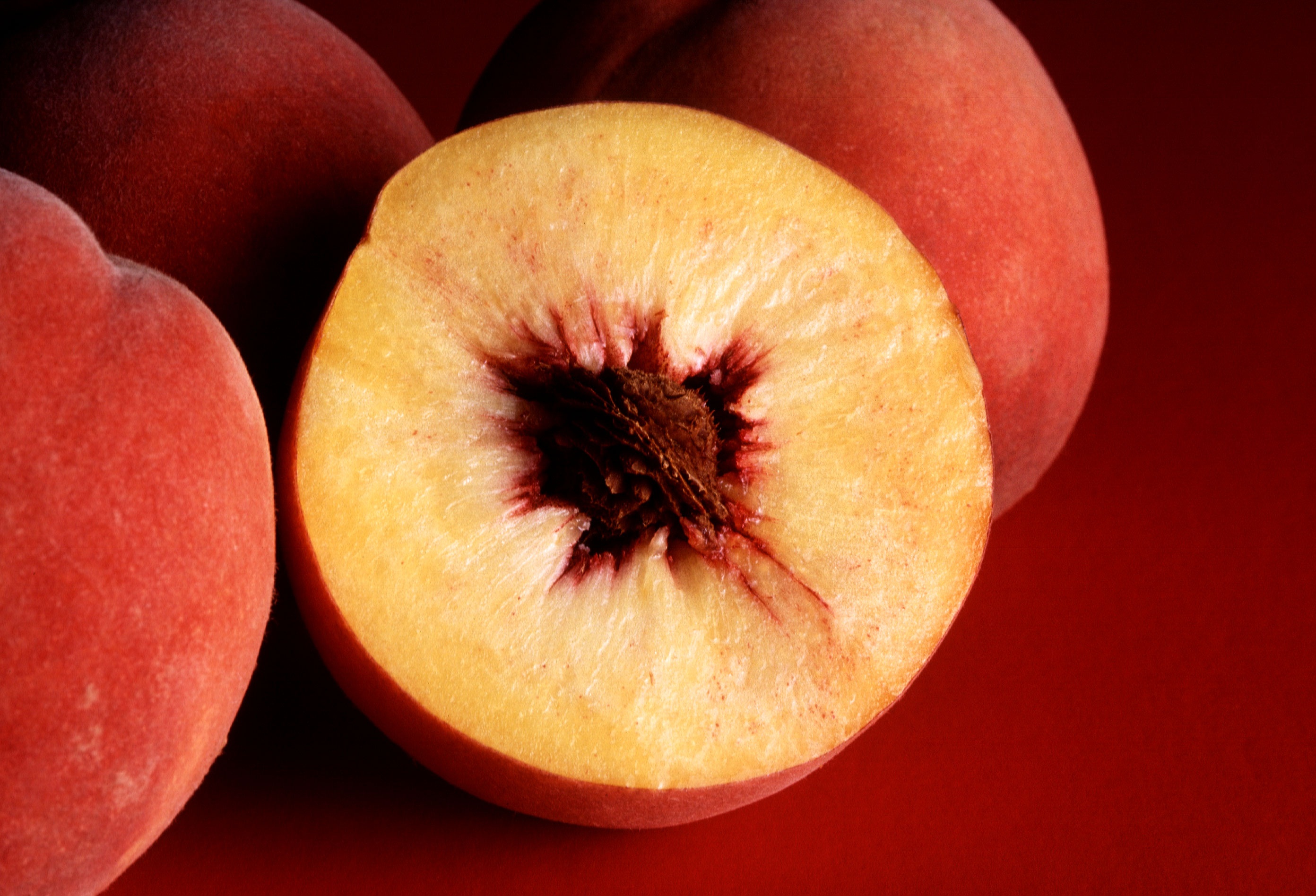From the Goodwood Library:
Tallahassee of Yesterday, by Sallie E. Blake, 1924:
TALLAHASSEE
Tallahassee, with sunny skies and lakes of blue
And soft winds wooing hearts so true,
With waving moss and songbird trills,
And happy homes, despite earth's ills;
With joys and friends the heart to cheer
And best of all, beloved ones near:
We love thee, "Little Town of Flowers"
And thank our God who made thee ours.
For 'tis here, the zephyrs are fondest
As they come with the touch of their wings.
'Tis here, the flowers are fairest
And here, that the mocking bird sings.
'Tis here that the trill of the bluebird
Sweetly blends with the oriol's song
As they flit over the meadow and hillside
In the sunlight all the day long.

































